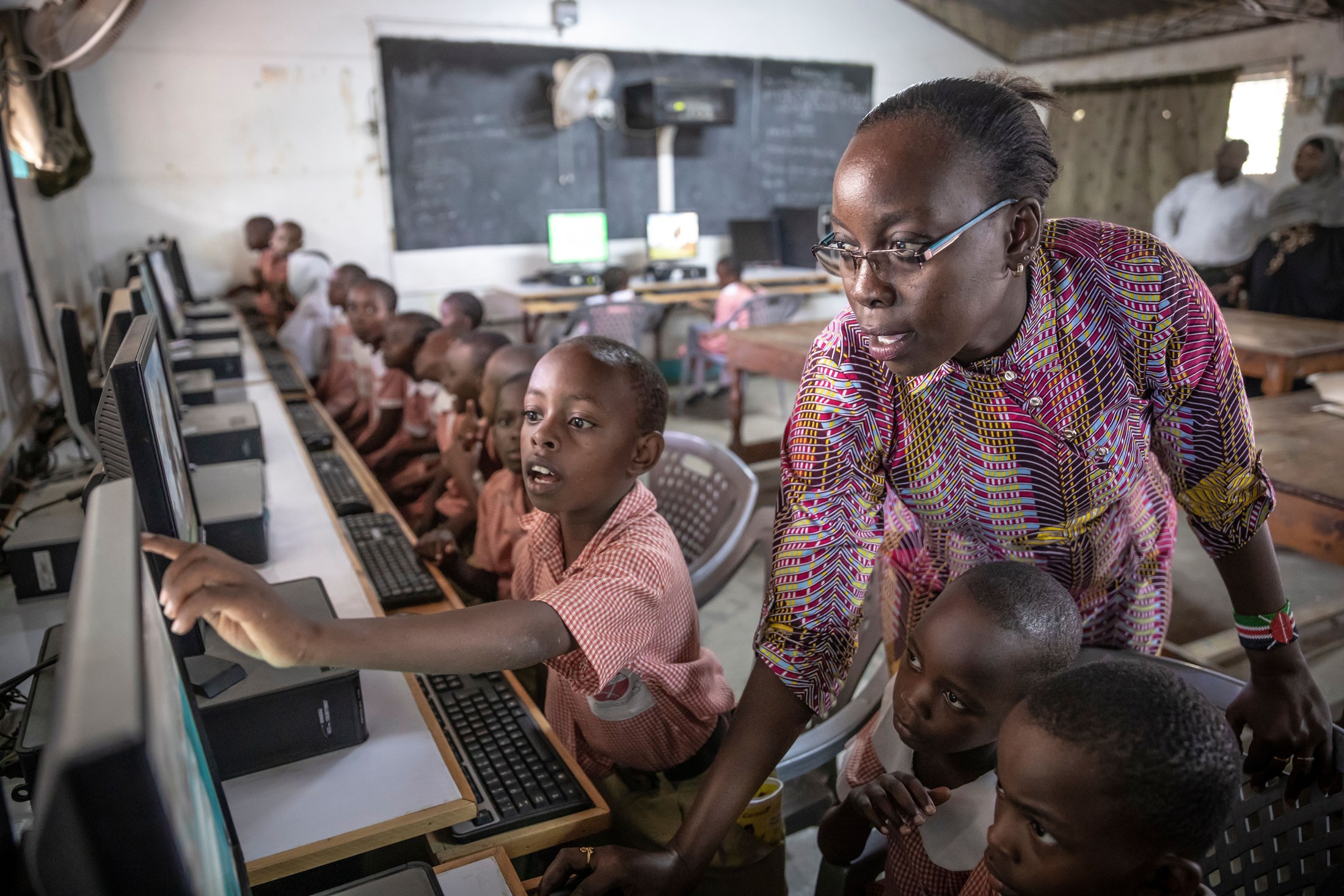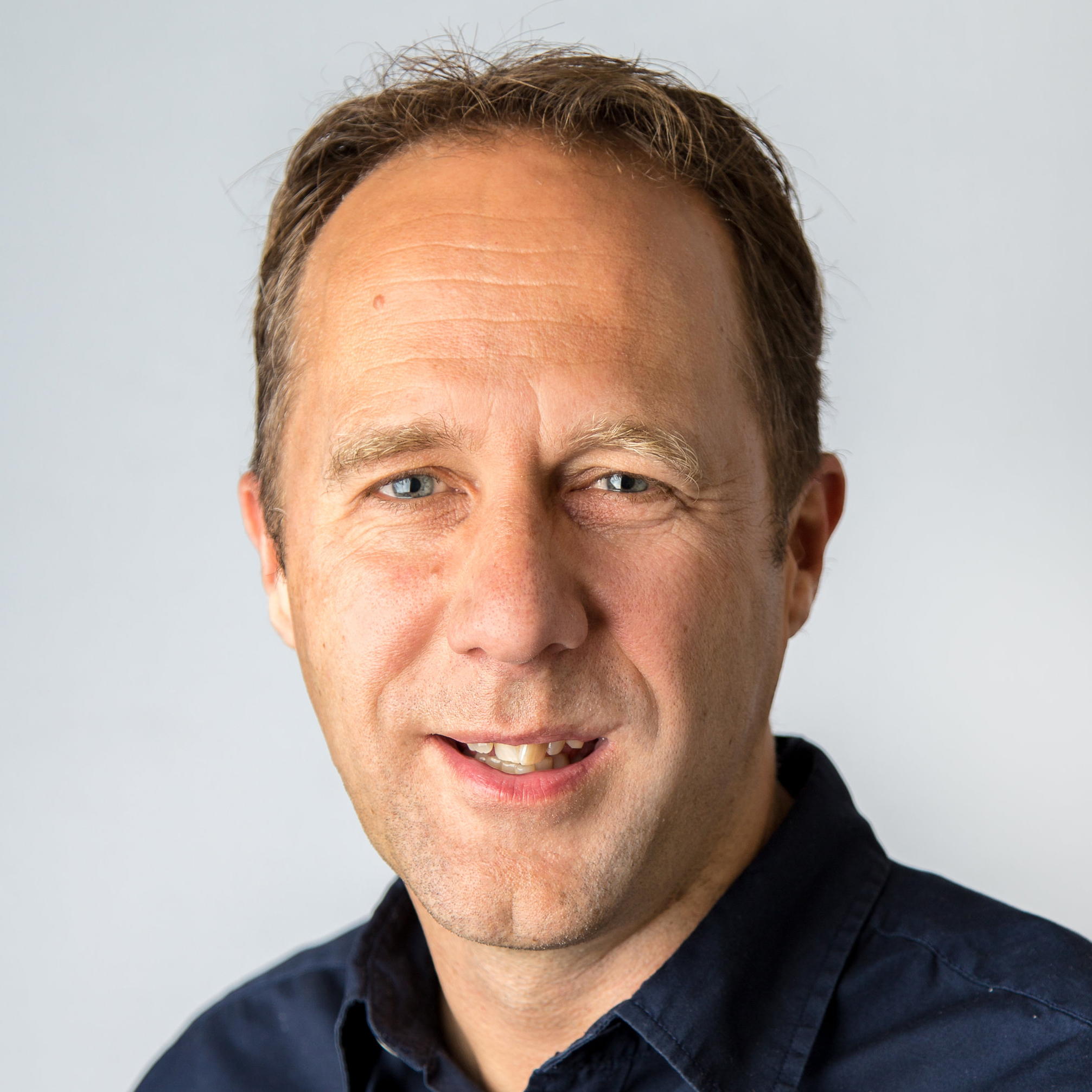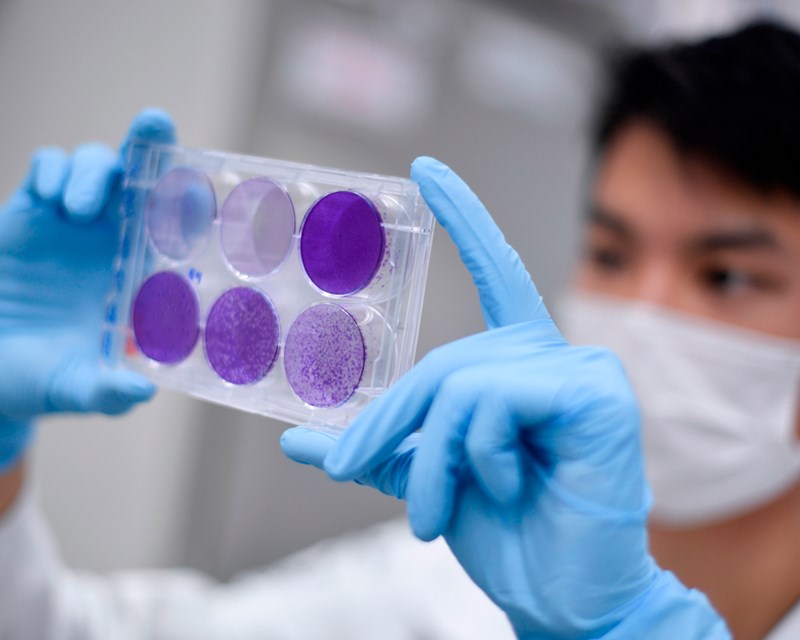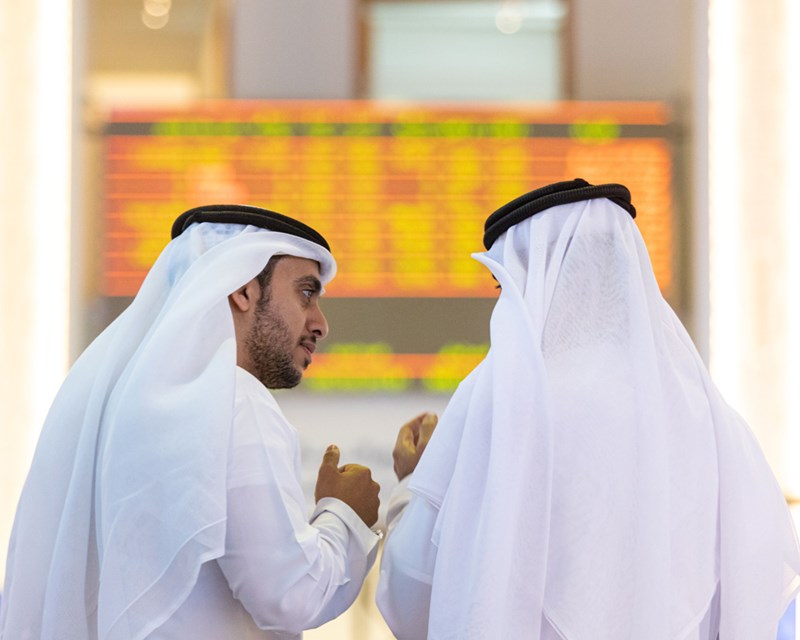
When 193 countries met in 2015 to agree on a set of global goals to tackle the world’s biggest problems, they could scarcely have imagined how the world would look five years later: a global pandemic upending lives and livelihoods, breaking entire industries and threatening a widespread economic depression.
As world leaders, including those from across the Middle East and North Africa, work towards the Sustainable Development Goals (SDGs), two things should be top of mind.
Firstly, Covid-19 and its devastating impacts have made achieving these goals more critical than ever. Secondly, one target, buried within the SDGs, may be key to reaching all the goals: universal and affordable access to the internet in the world’s least developed countries by 2020.
When the target was set in 2015, 43 percent of the world had access to the internet. Progress since has been far too slow, with just over half connected today. Not only will we miss this year’s target, but Web Foundation analysis has exposed a global slowdown in people getting online. The number of people connecting for the first time has dropped to a third of the rate ten years ago.
Most worryingly, connectivity in low-income countries is levelling out at around 13 percent adoption, compared to 85 percent in richer countries.
Without ambitious action, we’re on course to miss the target to connect everyone to the internet by decades.
While those who negotiated the SDGs understood the importance of internet access, Covid-19 underscores like never before how fundamental the internet has become to people’s lives and to achieving all the global goals.
As classrooms closed, online learning came to the rescue, with virtual lessons bringing some semblance of normality for millions of children stuck at home. For many, it was still tough: when your connection isn’t strong enough, or you can’t afford enough data, or your family shares a single device, learning online ranges from extremely difficult to impossible.
Namitha Narayanan, a student in India, hit headlines when studying for hours each day on her parents’ roof because it was the only place she could get a good enough mobile signal.
For others, the door to learning was slammed shut. A recent report from UNICEF found at least a third of the world’s children don’t have the technology they need for remote learning.
Some 100 million children across the MENA region are affected by school closures due to Covid-19. If we’re to “ensure inclusive and equitable quality education for all” (goal 4) we have to make sure children everywhere can get online.
Then there’s goal 5: the fight to achieve gender equality and empower all women and girls. The internet has been transformative for women around the world; providing a platform to cut through male-dominated debate; allowing girls to learn about their periods when it’s taboo at home; and helping power movements for action, from campaigns for reproductive rights in Namibia to #MeToo.
Yet, a pervasive ‘digital divide’ that sees men 21 percent more likely to be online than women — rising to 52 percent in least developed countries — prevents the internet from being a true force for gender equality.
In the MENA region, this access gender gap — though smaller — remains a problem at 9 percent.
Universal internet access could be a powerful catalyst for gender equality post-Covid, a crisis that has disproportionately impacted women who are more likely to work in the informal economy and to bear chief responsibility for increased unpaid care work.
For this to happen, governments must target their efforts to close the gender gap. We cannot allow the tools that could empower millions of women to continue to reinforce inequality through unequal access.
Hope has been hard to come by in 2020. But imagining the SDGs in a world of universal, meaningful internet access gives us a sense of what could be possible.
As the global health community works to combat Covid-19, the UN warns health service disruptions could reverse decades of improvement towards ensuring healthy lives for all (goal 3). With a meaningful internet connection, families unable to get regular healthcare could better access health information, see a health worker or doctor virtually, and receive more effective treatment from clinics able to access their medical history online.
Covid threatens to push an extra 71 million people into extreme poverty, many in low-income countries. Subsidising internet connection for the poorest communities, as Costa Rica is doing, could allow millions to learn new skills, make new connections and find ways to support themselves and their families.
And as Covid puts pressure on agricultural production, further threatening goal 2, to end hunger, digital tools can give farmers access to market updates and weather forecasts to help increase their productivity.
Health, education, economic growth, gender equality, food production — all can be improved with universal internet access. That’s why affordable internet for all is core to the Contract for the Web we launched last year as a roadmap to get to the web we want.
This can be reality if we all — citizens, companies and governments — push for universal internet access as a central pillar of efforts to build back better.
And we should go beyond basic access, aiming for meaningful connectivity: where people have a fast connection, enough data, and can connect regularly on a device that suits them. Making sure people have the skills they need to navigate the online world safely is equally paramount.
This world is not beyond our reach. The UN has recently published analysis from the Alliance for Affordable Internet, a Web Foundation initiative, which revealed it would cost $428bn over 10 years to connect the remaining 3 billion people to the internet by 2030.
Such a price tag may sound expensive, but the world spends the same on soda each year. Perhaps more pertinently, it is a similar sum to the combined Covid bailout packages of Germany, Canada and South Korea.
The last of the SDGs calls for global partnership to achieve sustainable development. That means government representatives, industry leaders, development funds and civil society working together to find the resources needed to connect the world.
Foundations and other funders can play their part by investing in meaningful internet access as an economic and social justice imperative. The Web Foundation and Alliance for Affordable Internet are two organisations working tirelessly to put the issue on the agenda of global decision-makers.
We have the technical know-how and the financial means to do it and help achieve the global goals. Now we need the commitment and collaboration of leaders to make it happen. – PA
“Health, education, economic growth, gender equality, food production — all can be improved with universal internet access.”

About the writer
Adrian Lovett is the CEO and president of the World Wide Web Foundation, a nonprofit established in 2009 to advance the open web as a public good and a basic right. Adrian is also a commissioner on the UN Broadband Commission and co-chair of the World Economic Forum Global Internet of Things Council. A version of this piece was originally published by Thomson Reuters Foundation.





